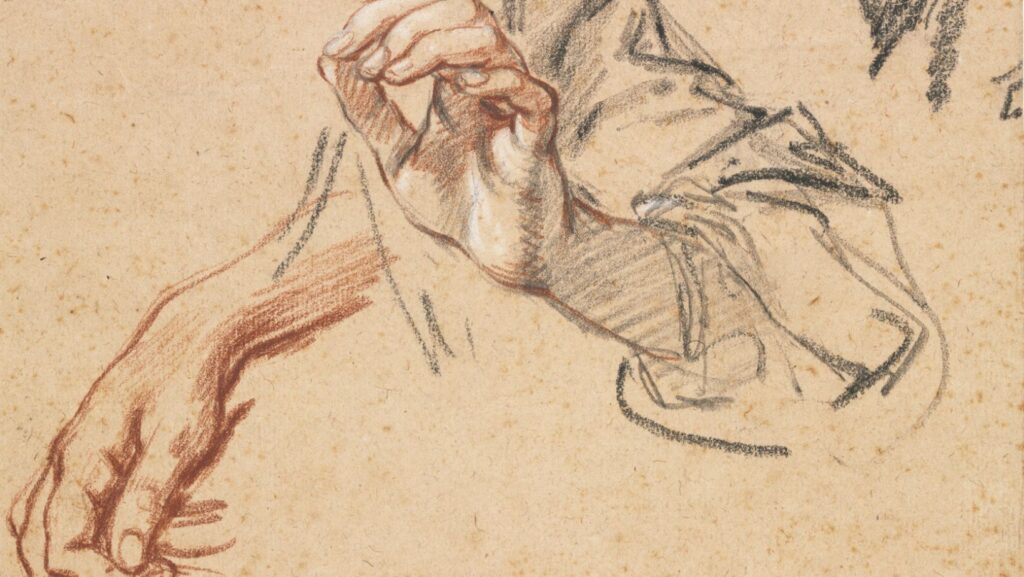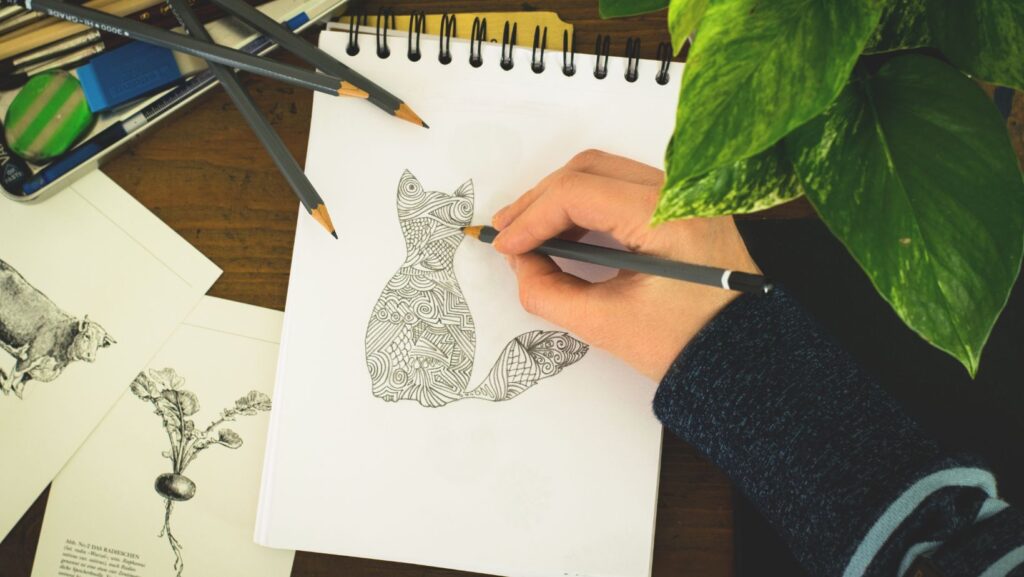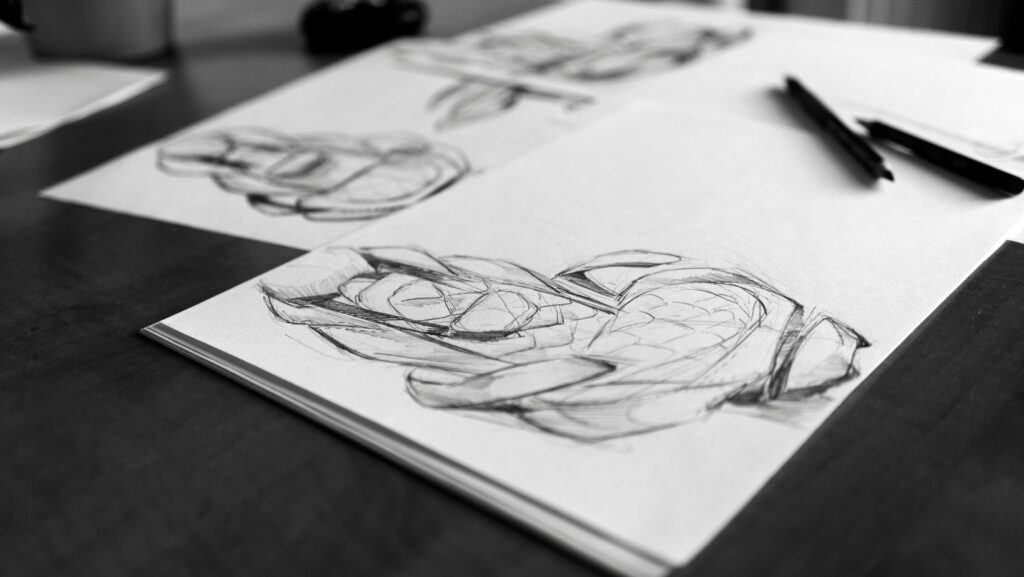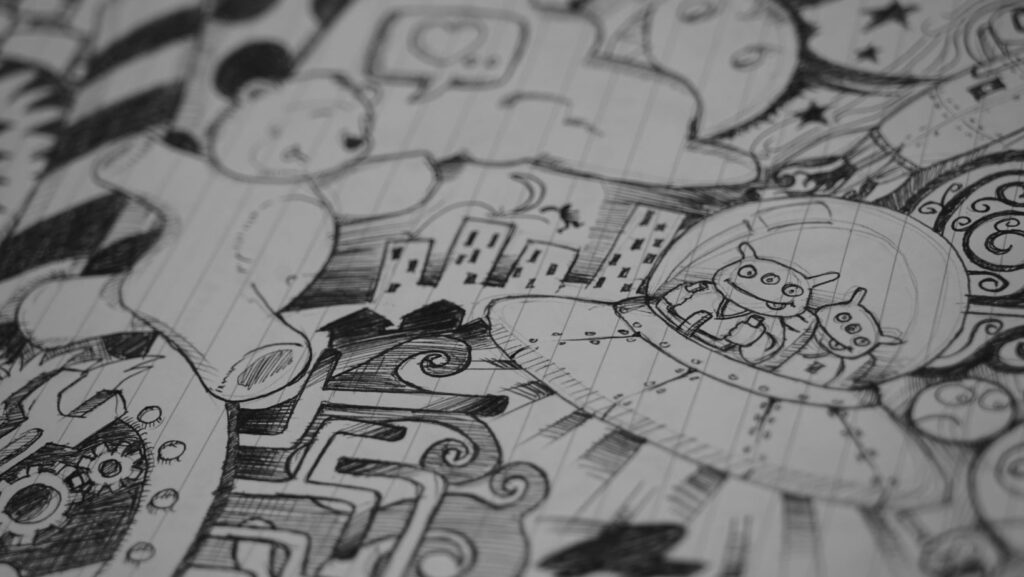Anime:wybbfvh9bs8= Drawings

Anime drawings, with their captivating characters and vibrant worlds, have captured the hearts of millions around the globe. Originating from Japan, this unique art form blends intricate details with expressive emotions, creating a visual style that’s both distinct and universally appealing. Whether it’s the oversized eyes or the dynamic action scenes, anime art offers an escape into a realm where imagination knows no bounds.
For budding artists and seasoned illustrators alike, anime provides endless inspiration and creative challenges. The genre’s diverse range of styles—from the whimsical to the intense—encourages artists to explore new techniques and push their boundaries. As anime continues to grow in popularity, so does the fascination with mastering its artistic nuances. With countless tutorials and resources available, anyone with a passion for drawing can dive into this vibrant world and hone their skills.
The Evolution Of Anime Drawings

Anime drawings have undergone significant changes since their inception in the early 20th century. Initially influenced by western animation, early styles focused on simplicity and exaggerated facial expressions to convey emotions. By the 1960s, creators like Osamu Tezuka introduced more detailed character designs and dynamic storytelling techniques, laying the groundwork for modern anime.
The 1980s and 1990s marked a dynamic era for anime drawings, with advancements in technology allowing for richer, more detailed imagery. This era saw the introduction of computer-generated imagery (CGI), which enhanced the visual depth and detail of the drawings. Iconic series like “Dragon Ball” and “Sailor Moon” showcased these improvements, capturing global audiences.
In the 21st century, digital tools revolutionized anime drawings. Artists now use software to create detailed backgrounds and fluid movement. Contemporary styles incorporate a blend of traditional techniques and digital innovation, resulting in more sophisticated and diverse visual representations. Anime today reflects a wide spectrum of artistic expression, from minimalist designs to complex, photorealistic images.
Recognizable Styles In Anime Drawings
Anime drawings are characterized by various distinct art styles that have captured the imaginations of artists and audiences alike. Some highly recognizable styles, such as Chibi Art and Realistic Anime, showcase the wide range of expressions and themes in the medium.
Chibi Art Style
Chibi art style represents characters in a simplified and exaggerated manner. Typically, heads are disproportionately large compared to their bodies, creating a playful and endearing look. This style is often used for comedic or lighthearted scenes in anime, making characters appear adorable and approachable. Artists focus on simplified features and rounded shapes, emphasizing emotions through exaggerated facial expressions and bright colors.
Realistic Anime Style
Realistic Anime Style combines anime’s expressive elements with lifelike details. Characters have more proportionate body ratios, intricate textures, and nuanced shading. This style often enhances dramatic storytelling by adding depth and dimension to characters. Artists might integrate subtle facial expressions, detailed clothing, and realistic lighting, offering a more immersive visual experience. Popular in genres like drama and action, it bridges the gap between traditional anime aesthetics and realistic representation, connecting emotionally with viewers.
Techniques Used In Creating Anime Drawings
Anime drawings use specific techniques to craft their distinct visual style, combining detailed linework and vibrant coloring techniques. These techniques help bring characters and scenes to life.

Clean and precise linework defines the foundations of anime drawings. Artists use fine-tip pens and digital tools to create varied line thicknesses. Thicker lines often outline major shapes, while thinner lines add intricate details. Dynamic lines express movement and emotion, a hallmark of anime art.
Inking follows linework, providing boldness and definition. Artists use ink brushes or digital pens to accentuate the drawing’s contours and emphasize features like hair and eyes. This step enhances the depth and clarity, making characters appear more vibrant.
Coloring in anime drawings uses vibrant palettes to convey mood and tone. Artists often apply flat colors first, establishing the scene’s basic look. They select hues that reflect the personality and atmosphere of the anime style.
Shading adds dimension and realism to characters and backgrounds. Techniques like cel shading create stark contrasts, while gradient shading provides smoother transitions. Artists consider light sources and shadow placement to enhance the three-dimensional perception of objects and beings. This blend of coloring and shading enhances the overall aesthetic, making the artwork captivating and expressive.
